Indicator Electrode Chemistry Examples
SHE SCE AgAgCl and can be used to determine the. The molecule 22- Bipyridine is a redox Indicator.

This Video Is First Part Of Uv Spectroscopy It Covers Electromagnetic Spectrum Beer Lambert S Teaching Chemistry Chemistry Education Electromagnetic Spectrum
This electrode is cation electrode.
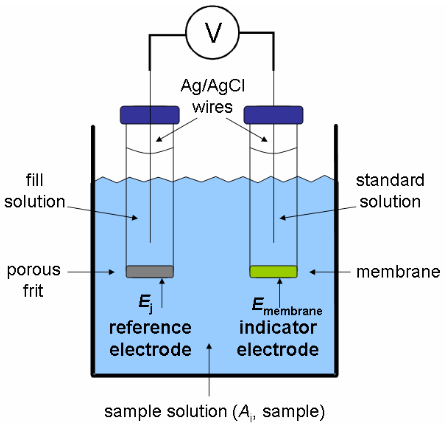
Indicator electrode chemistry examples. The Pt cathode in Example 111 is an example of a redox electrode because its potential is determined by the concentrations of Fe 2 and Fe 3 in the indicator half-cell. Use the range from 500 x 10 -6 to 100 x 10 -3 M. Other articles where Indicator electrode is discussed.
Note that the potential of a redox electrode generally responds to the concentration of more than. Each species has its own intrinsic redox potential. These electrodes are represented as The overall electrode reaction is and the electrode potential is given by.
Billions of these measurements are made annually. Ion-selective electrodes can be reversible both cation and anion. Importance in environmental and medical applications.
Enter a range of concentration values for the cation in the yellow boxes. METAL INDICATOR ELECTRODES Metal indicator electrodes are systems that use specic metal electrodes as the indicator electrode in an electrochemical measurement. Standard Hydrogen Electrode SHE.
Examples of gas Electrodes. Potentiometry is probably the most frequently used electroanalytical method. The potential of the indicator electrode varies depending on the concentration of the analyte while the potential of the reference electrode is constant.
Examples include anilinic acid diphenylamine eriogreen m. Several metals can serve as indicator electrodes for anions that form slightly soluble precipitates with the cation of the metal. The most common redox indicator are organic compounds.
The potential of the metal is controlled by the concentration of its cation in the solution but this in turn is controlled by the anion concentration in the solution through the solubility product of the slightly soluble metal salt. A typical example is the use of a silver electrode for indicating chloride ion. These are all organic compounds exhibiting reversible redox reactions.
The IUPAC Compendium of Chemical Terminology. For example E0 0799 V for the Ag Ag system and E0 0337 V for the Cu 2 Cu system. Redox potential also known as oxidation reduction potential ORP pe E 0 or is a measure of the tendency of a chemical species to acquire electrons from or lose electrons to an electrode and thereby be reduced or oxidised respectively.
Thiosulphate S2O3 2 and. For example pH ion selective electrodes blood gas analysis O 2 CO 2 etc. Redox potential is measured in volts V or millivolts mV.
For example the more positive the. Common examples of a redox titration is treating a solution of iodine with a reducing agent and using starch as an indicator. In solutionit changes from light blue to.
SHE is represented as Pt H 2g 1 atm H aq 1 M The half cell reactions are. It can be divided into two categories on the basis of the nature of the. SilverSilver Chloride AgAgCl It should be clear by now that at least two electrodes are necessary to make a potential measurement.
Indicator electrode a reference electrode and a potential measuring device. H 2g 2H aq 2e oxidation LHS 2H aq 2e H 2g reduction RHS The electrode potential is arbitrarily assigned zero. Inspect the graph that is generated from your values and answer the following questions.
In solution it changes from light blue to red at an electrode potential of 097 V. Redox Indicator Examples. An electrode that serves as a T06437 responding to the excitation signal if any and to the composition of the solution being investigated but that does not affect an appreciable change of bulk composition within the ordinary duration of a measurement.
The molecule 22-Bipyridine is a redox indicator. Oxidationreduction redox indicators are colorimetric reagents which show a distinct color change at a specific electrode potential. Typical examples are the silversilver-chloride electrode and the calomel electrode.
Examples of such electrodes are mercury-mercurous sulphate in contact with a solution of potassium sulphate or a silver wire coated with silver chloride immersed in potassium chloride solution. Iodine forms an intensely blue complex with starch. The operation of such electrodes is based on ion-exchange reactions that occur at the boundaries of membranes with solutions of electrolytes.
The glass electrode being the most common indicator electrode refers to ion-selective or membrane electrodes. Saturated Calomel Electrode SCE 2. E cell E ind - E ref E j These indicator electrodes are paired with a reference electrode eg.
Iodine I2 can be reduced to iodide I by eg.

Ion Selective Electrodes Chemistry Libretexts

Indicator Electrode An Overview Sciencedirect Topics

Effect Other Metals Rusting Experiment 1 Redox Reactions Rust Reactions
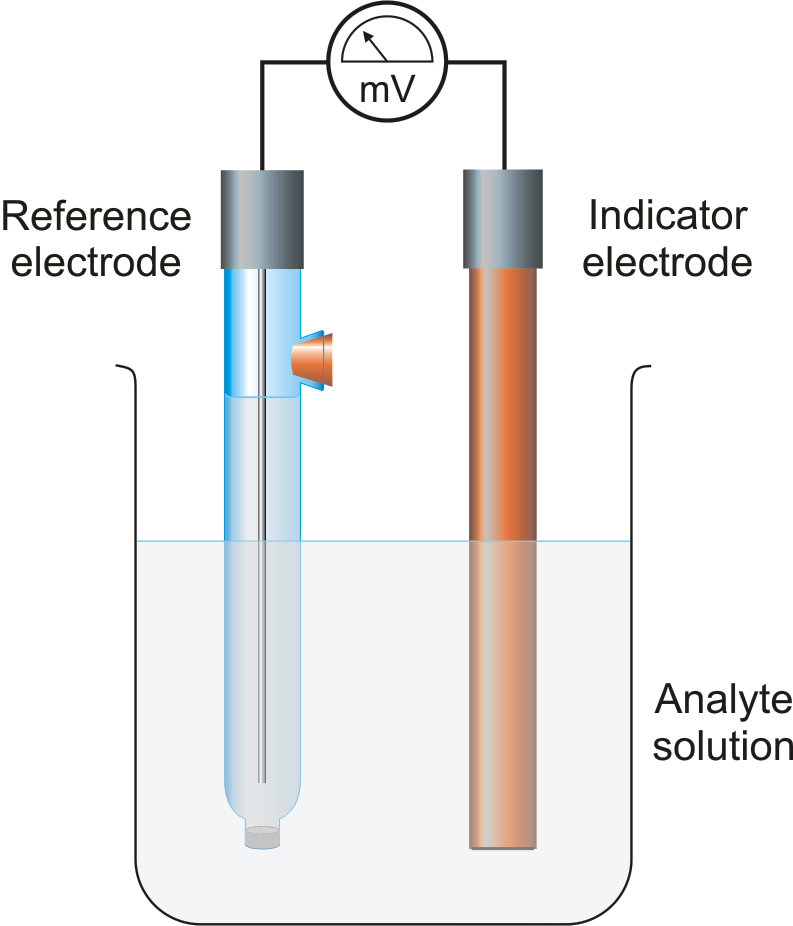
Indicator Electrode Chemistry Dictionary Glossary

11 2 Potentiometric Methods Chemistry Libretexts

Electrolysis Of Brine Experiment Rsc Education

Indicator Electrode An Overview Sciencedirect Topics
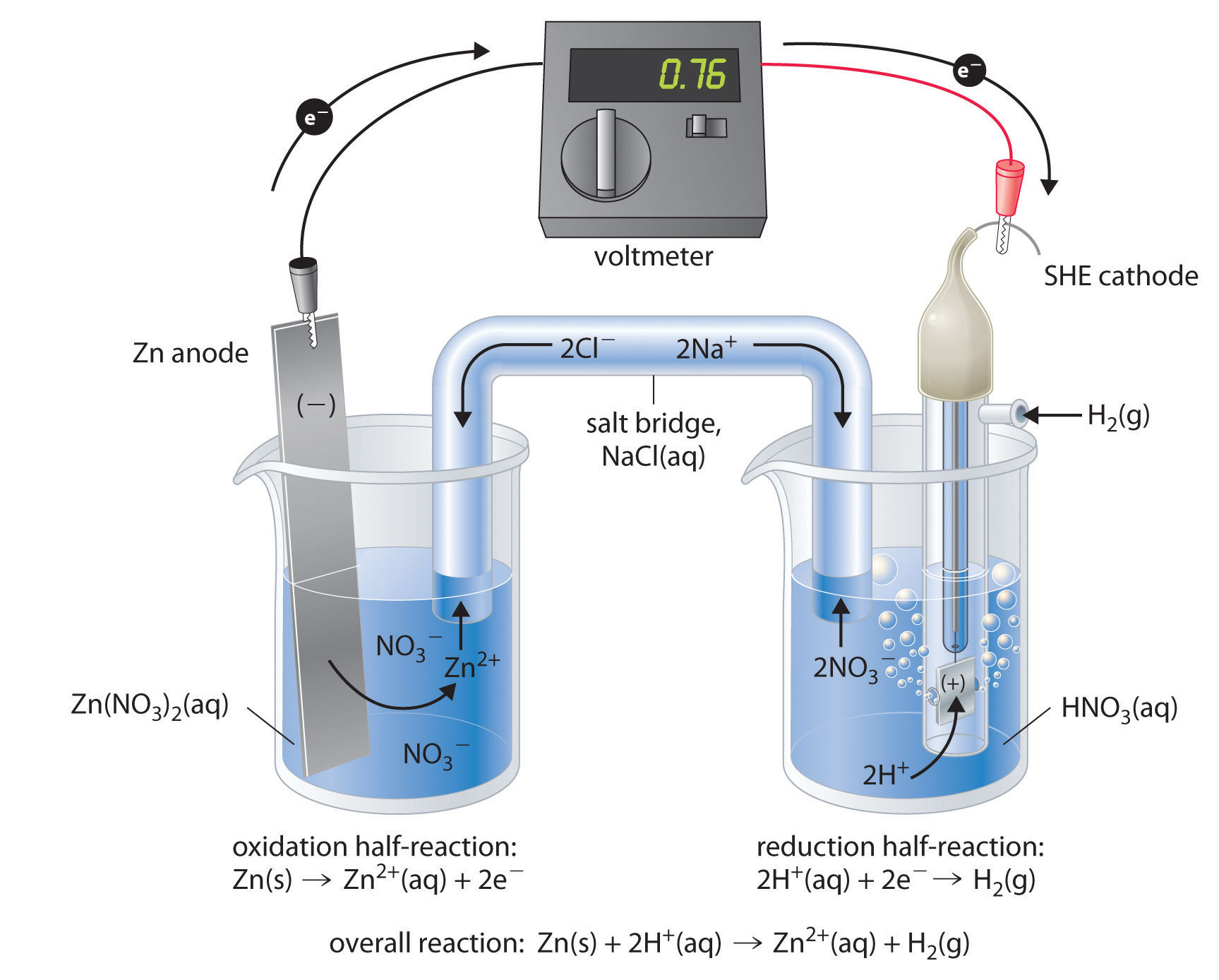
20 4 Cell Potential Under Standard Conditions Chemistry Libretexts

Aqa Chemistry Electrolysis With Aqueous Solution Pt 1 In 2020 Aqa Chemistry Flashcards Gcse Revision

11 2 Potentiometric Methods Chemistry Libretexts

Diagramming Galvanic Cells Handout And Worksheet Galvanic Cell Ap Chemistry Electrochemistry

Chemistry Redox Reactions Physics And Mathematics
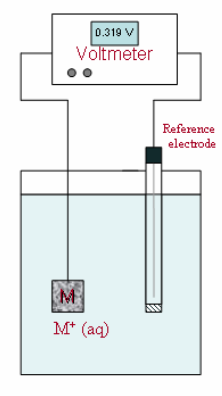
Direct Indicator Electrodes Chemistry Libretexts

Diagramming Galvanic Cells Handout And Worksheet Galvanic Cell Biology Worksheet Chemistry Worksheets

Organic Compounds And Inorganic Compounds Inorganic Compound Organic Compounds

Understanding Purpose Of Salt Bridge Electrochemistry Galvanic Cell Teaching Chemistry

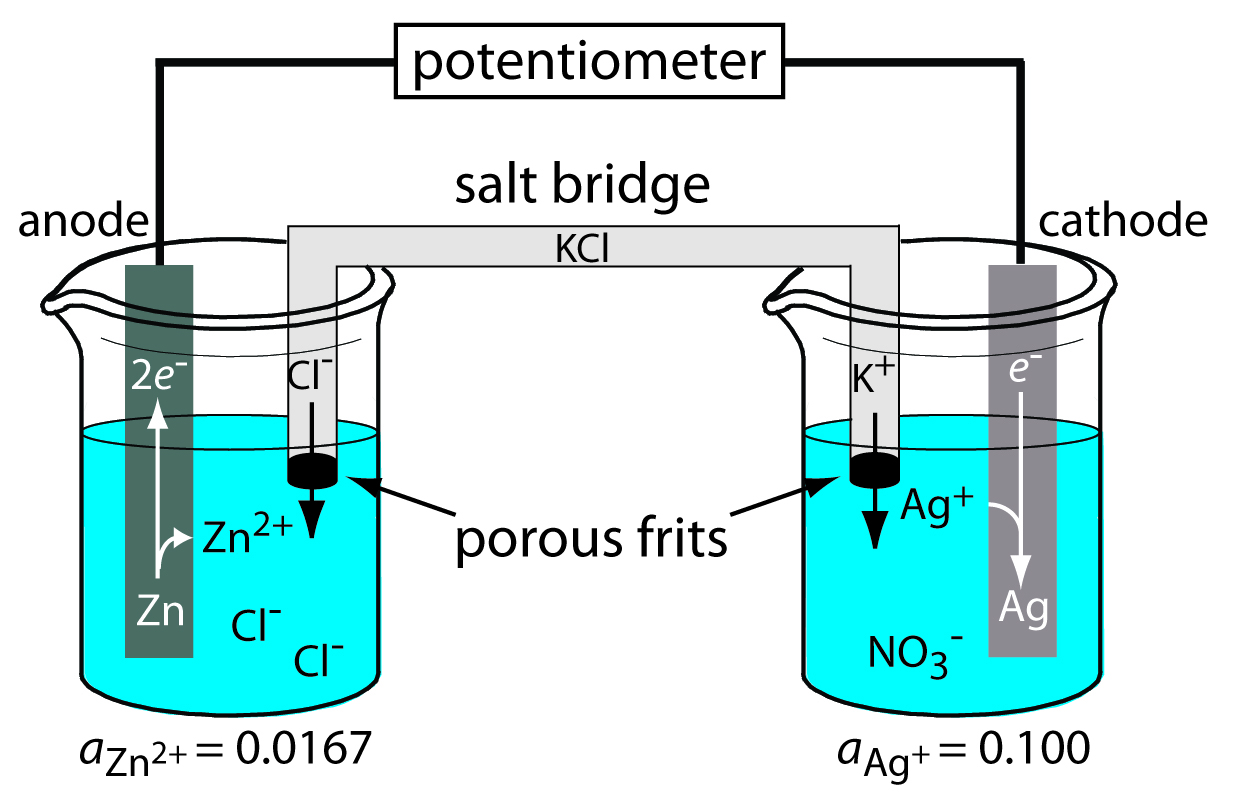

Post a Comment for "Indicator Electrode Chemistry Examples"